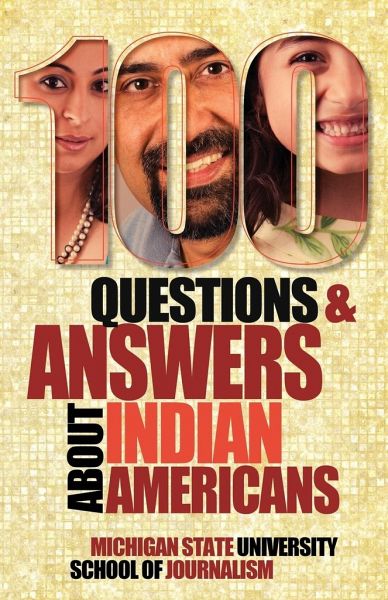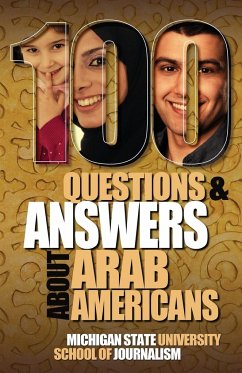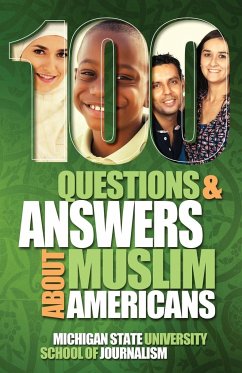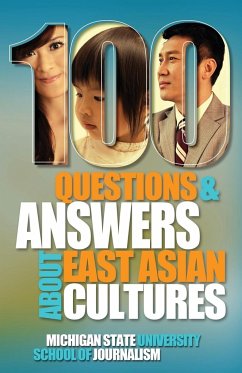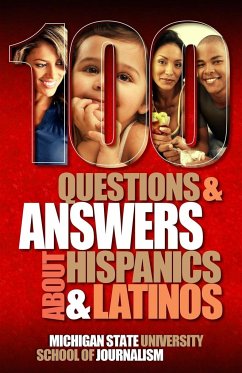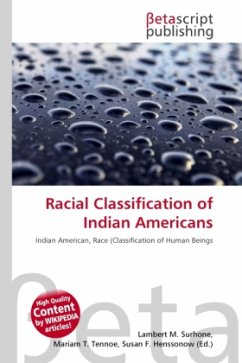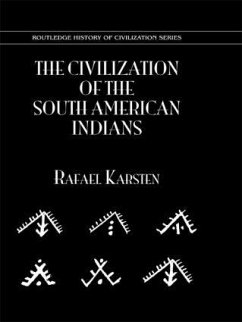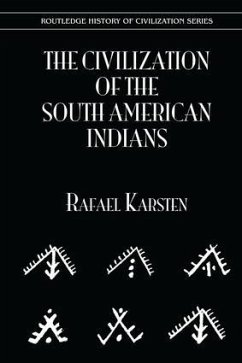This guide about U.S. Catholics is one of more than 20 in the Michigan State University School of Journalism's Bias Busters series. The series builds cultural competence by spreading awareness about specific groups and communities. Ultimately, the goal is to break down walls by opening discussion among people.The Bias Busters series is created by journalism classes at Michigan State University working with community allies. Joe Grimm is the series creator and editor. Grimm joined MSU in 2008 after more than 30 years in daily newspapering. He worked at the Detroit Free Press for more than 25 years.He held various editing jobs and became the youngest reader representative in a U.S. newsroom. For most of his time at the Free Press, Grimm was the newsroom's recruiting and staff development editor. His charge was to create better content by developing the newsroom staff to better reflect the community. During his tenure, the Free Press developed the most diverse staff among major American newspapers. Grimm is a member of the Michigan Journalism Hall of Fame and has published eight books besides the ones in the Bias Busters series.The authors on this guide were MSU students Sabrina Boxer, Emile Rizk, Lacie Kunselman, Nicoline Bradford, Karlyn Kelley, Angelina Sandora, Heather Araj, Mark Krueger-Vanoyen, Shelby Frink, Madison Scanlon, Yu-An (Annie) Fan Chiang, Samantha Bluga, Ben Walker, Hailey Woodworth and Addison Carter. Also: Jack Foster. Michigan State graduates Debrah Miszak and Lacie Kunselman helped edit. Bias Busters guides have been used for training in business, the health industry, interfaith groups, universities and law enforcement. Many individuals use the guides just to get to know their neighbors. "100 Questions and Answers About U.S.Catholics" aims to bridge gaps in understanding, encourage respectful dialogue, and promote more informed communities.We approach cultural competence with the mindset that questions asked out of sincere interest, even if phrased in a less than graceful manner, are the best way to build bridges. The guides are meant to help that process and lead to face-to-face conversations.Books include discussion and reflection guides so individuals can learn on their own or so groups can converse.Answers are clear, honest and nonjudgmental.
